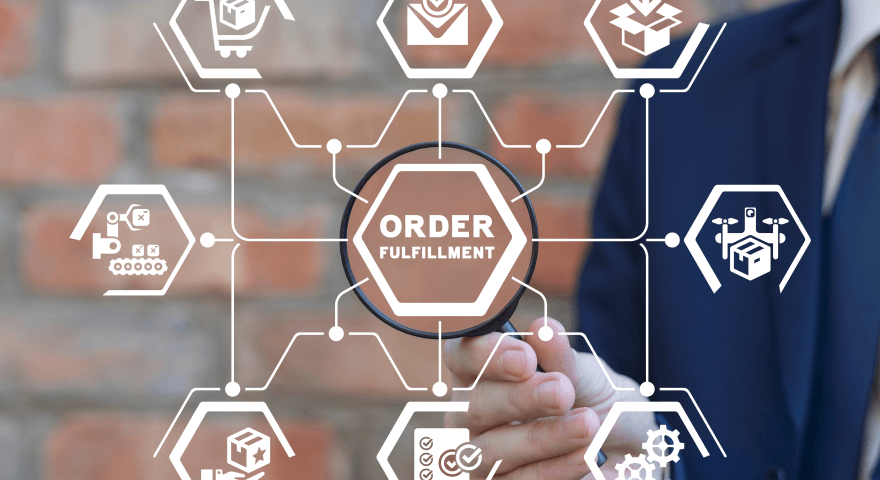We’ve said it before: shifting to being a project-based company is crucial to future-proof your business in an increasingly VUCA world. Today, aioneers co-founder Dr. Adrian Reisch speaks with Christian Schumacher of MT Aerospace and dives into how they managed their digital transformation while balancing core business and simultaneously branching out into new fields, enabling innovation with a solid digital infrastructure.
Adrian: Christian, great to have you here as head of digitalization of MT Aerospace. Would you mind introducing yourself briefly, for starters, your role at MTA, what MTA is doing, and where you are headed as a business?
Christian: My name is Christian Schumacher, and I am responsible for digital transformation at MT Aerospace AG. MT Aerospace is one of the leading aerospace companies in Europe and the market leader for lightweight metal structures for several space applications. At MT Aerospace, we have a long heritage in the aviation and space business. We are proud to play a major role as a design definition authority for liquid hydrogen and oxygen tanks and lightweight structures in the development of the brand-new Ariane 6 launcher.
Besides the development of the Ariane 6, we also have a strong focus on new products, customers, and technologies in recent years. Combining our know-how in lightweight structures, production technologies, and qualification of new products, we are now heading for high-quality 3D printed parts, the development of liquid hydrogen powertrains, or special components supporting international space programs.
Adrian: Great! I especially like where you are heading doing two things. You are protecting the core business as an established aerospace company with Ariane and aerospace parts on one side. But at the same time enabling new business in two of the most exciting areas with additive manufacturing and hydrogen, leveraging your top-notch experience and knowledge.
I think that collaborating in an ecosystem is crucial in both fields, and digitalization is one of the key enablers for success. First, can you describe what challenges you faced in the past and how you bolstered your existing business with digitalization to make it future-proof?
Christian: A wide digitalization project was set up at least six years ago in parallel with the development of the Ariane 6. The idea was to introduce PLM, MES, and Digital Quality Management during and along with the development of the new launcher. It was clear that in the future, we need to react to a more complex environment with increasing variety in customer requirements, shorter time to market for new products, a shift from institutional to a more privatized and commercial spacecraft business, and to become a project-driven company.
We started with the implementation of Teamcenter for PLM, which was very challenging initially: the project wasn’t very agile, and its scope was too large for us to handle at once. At this point, our CEO hired you, Adrian, to give some guidance and support us in building our journey.
First, we set up a clear organizational structure and defined deliverables with due dates aligned to our true north strategy. We also established small, cross-functional teams to solve dedicated key issues as task forces in a very short time. Now we have integrated digital processes and an IT landscape end-to-end from engineering down to supply chain, manufacturing, and quality. One of the key aspects of success was the implementation of KPI-based performance management. We have full transparency about our current status and can define initiatives to steer our business accordingly. By breaking down these initiatives into dedicated measures and actions, we were able to act on learnings from analytics with the help of the digital execution system – AIOimpact.
Adrian: I think what you achieved in just two and a half years in terms of digitalization is amazing. It was never easy: we had challenging times together, but you never gave up, pushed it through, and now have a real competitive edge due to digitalization. Especially in combining it with your new business fields. What did you learn in the last three years, and how do you incorporate these learnings into your new business fields, additive, and hydrogen?
Christian: That's right, Adrian. It was a very challenging time for us as an international aerospace company in the COVID-19 crisis, in the middle of a huge transformation process, and especially for our freshly started digitalization approach. But by setting up an agile project setup, getting a clear mandate from our upper management, and assigning needed internal and external resources, we reached our project goals and built up an integrated software and process landscape. We now have great possibilities for innovation and new technologies, such as integrated model-based engineering, efficient 3D printing and design, AI and ML applications, and digital engineering twins.
This is somehow the enabler for new business fields and very innovative projects, such as the development of hydrogen powertrains for aerospace, transportation, or infrastructure. The key to building up an efficient, high-quality additive manufacturing business will also be an overall integrated and fast, automated digital infrastructure. With our implemented possibilities in PLM, ERP, MES, Data Analytics, and agile project management tools, we have the perfect setup for both securing our existing business and focusing on new fields and technologies.
Adrian: An outstanding achievement. Finally, what would be your advice to other businesses facing similar challenges as you did? What is, so to say, the key takeaway?
Christian: The first thing we experienced was that we have to better understand our customer requirements, business needs, and internal and external end-to-end processes. A project-driven company needs to react to constantly changing requirements with agility, lean processes, and a powerful digital setup. For the successful performance of digital projects, it is very important to keep an eye on all stakeholders' digital mindsets and involve as many people in the organization as possible. Keep in mind that those people are your internal customers and experts.
You can only fulfill the expectations of a digital company by working on business transformation and digitalization in parallel. By defining designated KPIs for tracking your digital transformation journey, you make your digitalization approach much more transparent and understandable for your key stakeholders.
Set up an achievable digital roadmap with a true north for important business dimensions. Define possible Quick-Wins, medium, and long-term initiatives that guide you through the different perspectives on an overarching digitalization approach. Measure your success by constantly tracking your results of each incremental step. This will help keep the digital transformation on track and decide on adjustments whenever needed.
Adrian: Thank you so much, Christian, for sharing these exciting insights today! But also for your trust in working with us in the last couple of years and continuing to do so. I look forward to further driving digitalization with you at MT Aerospace. Especially in such terrific new fields like 3D printing and hydrogen, which are both exciting and play a major part in making supply chains and the world we live in much more sustainable and cleaner. Thank you!
Curious to hear more? Join our joint webinar with MT Aerospace on May 4th.





.jpg)



.png)
